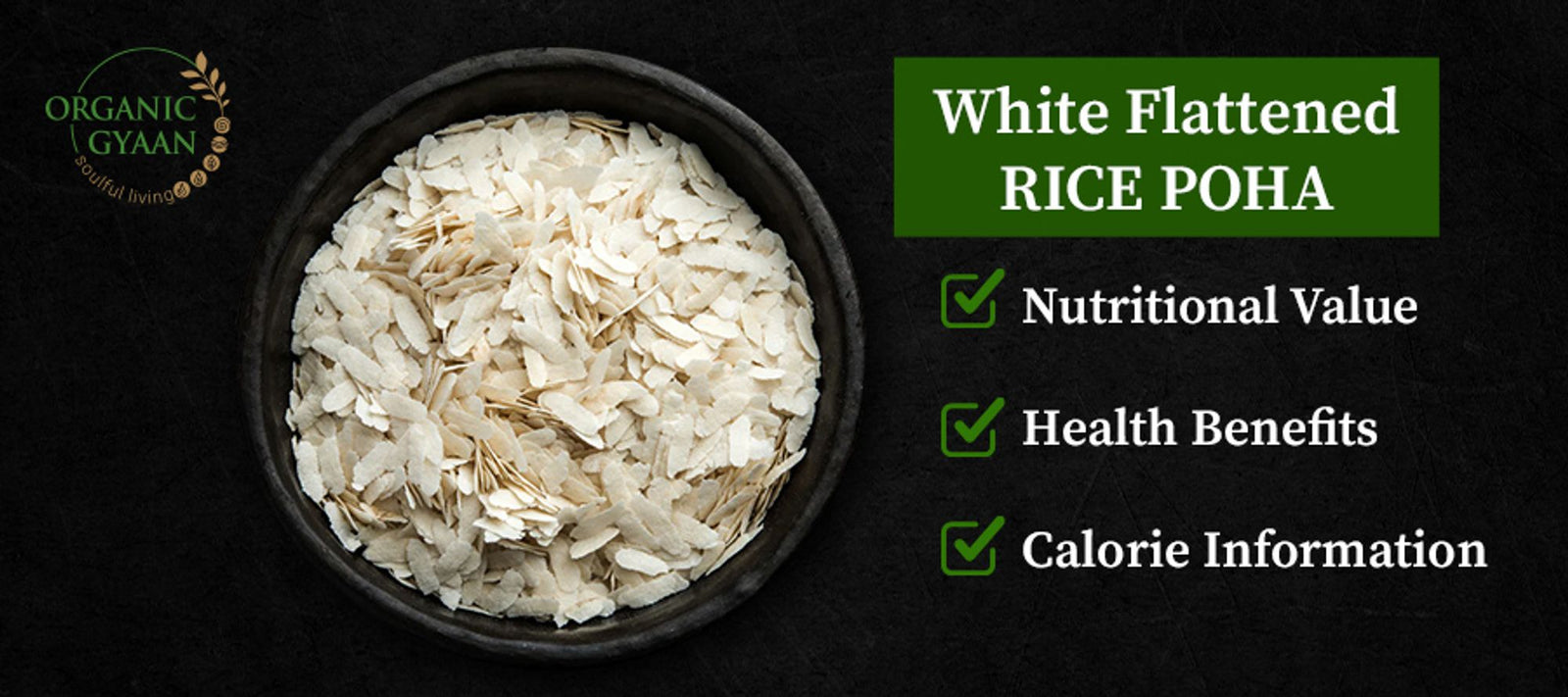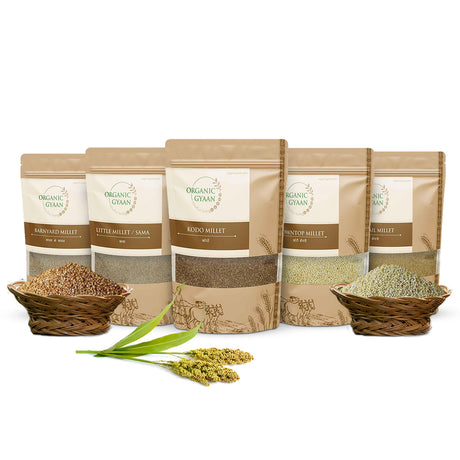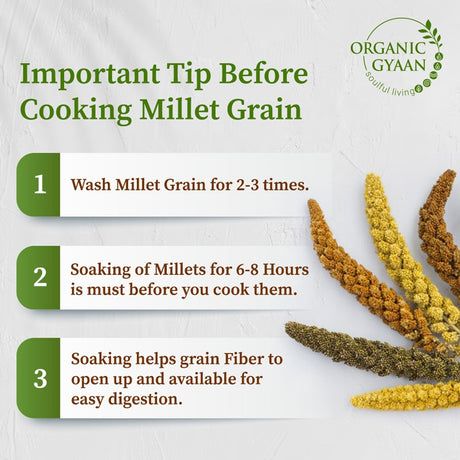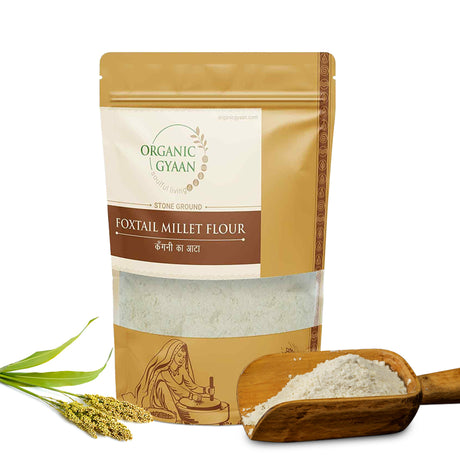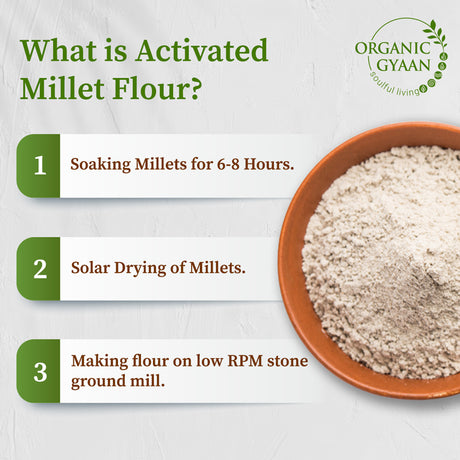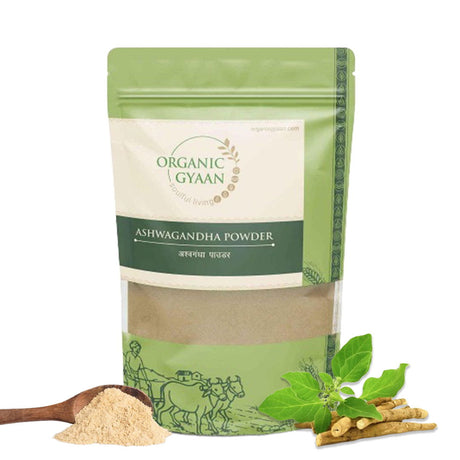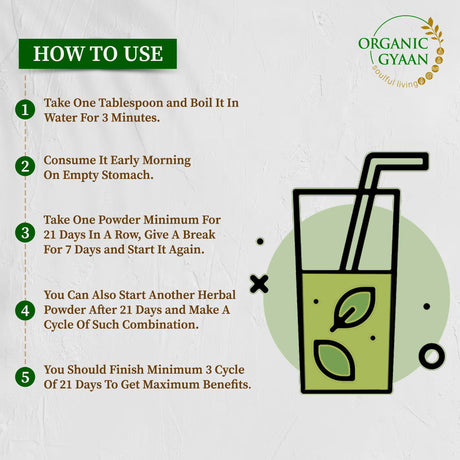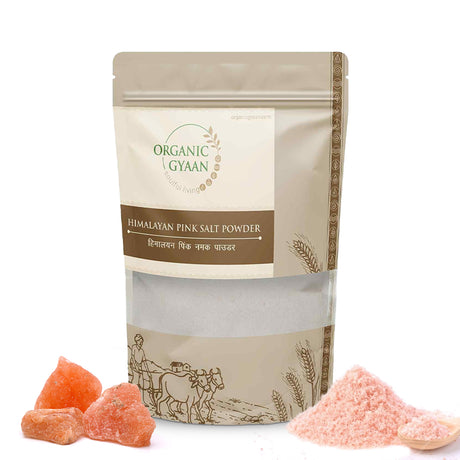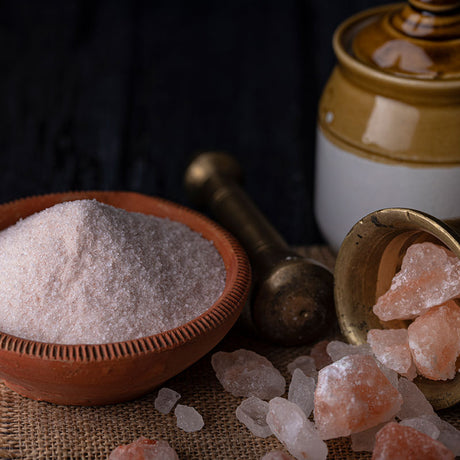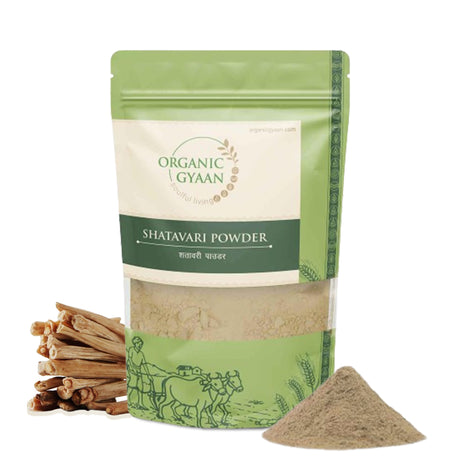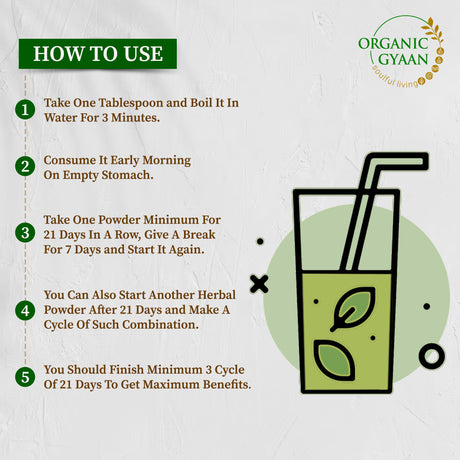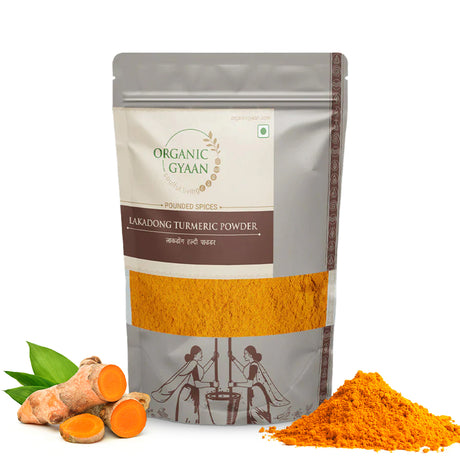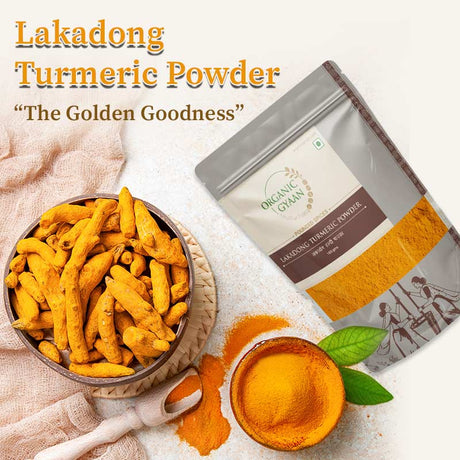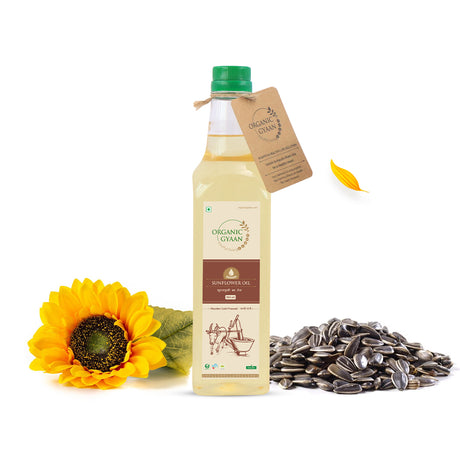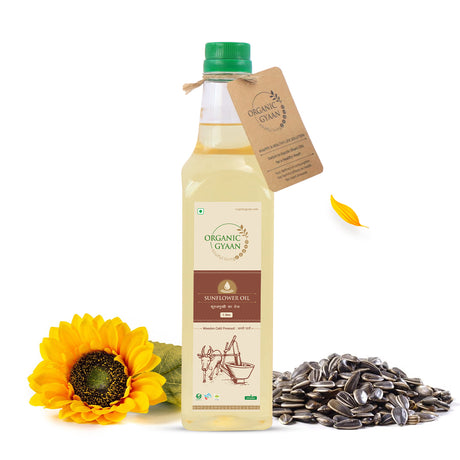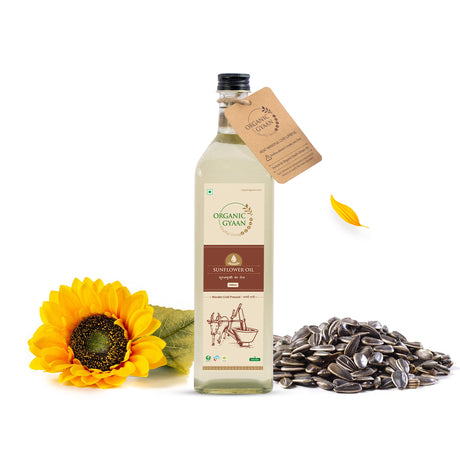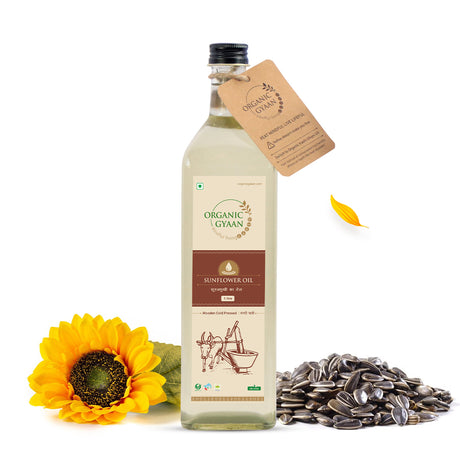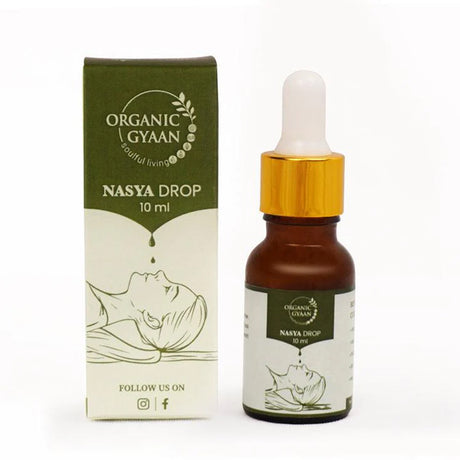पोहा, हा एक पारंपारिक भारतीय नाश्ता पदार्थ आहे जो भातापासून बनवला जातो, तो त्याच्या स्वादिष्ट चवीसाठी आणि लवकर तयार होणाऱ्या वेळेसाठी खूप पूर्वीपासून प्रसिद्ध आहे. परंतु त्याच्या सोयी आणि चवीव्यतिरिक्त, पोहा एक पौष्टिक घटक आहे जो निरोगी जेवणाचा पर्याय शोधणाऱ्या कोणालाही फायदेशीर ठरू शकतो. या ब्लॉगमध्ये, आम्ही पोह्याचे पौष्टिक मूल्य, आरोग्य फायदे आणि कॅलरीजची माहिती जाणून घेऊ, तुमच्या आहारासाठी तो एक स्मार्ट पर्याय का आहे यावर प्रकाश टाकू.
पोहे तुमच्या आरोग्यासाठी चांगले आहेत का?
नक्कीच! पोहे हे केवळ चविष्ट आणि बनवायला सोपे पदार्थ नाही; तर त्याचे अनेक आरोग्यदायी फायदे आहेत, ज्यामुळे ते तुमच्या आहारात एक उत्तम भर पडते. ते तांदूळ शिजवून, चपटे करून आणि नंतर वाळवून बनवले जाते, ज्यामुळे त्याची पोत हलकी आणि मऊ होते. या प्रक्रियेमुळे तांदळाचे पौष्टिक मूल्य टिकून राहते, ज्यामुळे पोहे आवश्यक पोषक तत्वांचा समृद्ध स्रोत बनतात.
पोहे वेगवेगळ्या प्रकारच्या बाजरीच्या दाण्यांपासून बनवता येतात, प्रत्येकाचे स्वतःचे अद्वितीय पौष्टिक प्रोफाइल आणि आरोग्य फायदे असतात. चला यापैकी काही शोधूया:
१. फॉक्सटेल बाजरीचे पोहे:
या जातीमध्ये उच्च आहारातील फायबर सामग्री असल्याने ते पचन आरोग्यासाठी वरदान आहे, ज्यामुळे ते आतड्यांची नियमितता वाढवते आणि बद्धकोष्ठता रोखते. याव्यतिरिक्त, त्यात लोह आणि मॅग्नेशियम सारख्या आवश्यक खनिजे भरपूर प्रमाणात असतात, जे अनुक्रमे हिमोग्लोबिनच्या निर्मितीसाठी आणि स्नायू आणि मज्जातंतूंच्या कार्याच्या देखभालीसाठी महत्त्वपूर्ण असतात.
फॉक्सटेल बाजरीचे पोहे खाल्ल्याने उर्जेची पातळी सुधारू शकते कारण ते सतत ऊर्जा सोडते, ज्यामुळे ते नाश्त्यासाठी किंवा नाश्त्यासाठी एक उत्तम पर्याय बनते.
२. छोटे बाजरीचे पोहे:
बी-व्हिटॅमिनच्या समृद्धतेसाठी ओळखले जाणारे, हे पोहे ऊर्जा उत्पादन, मेंदूचे कार्य आणि निरोगी त्वचा आणि स्नायू राखण्यासह अनेक शारीरिक कार्यांना समर्थन देते. त्यात पोटॅशियम आणि झिंक सारखे महत्त्वाचे खनिजे देखील असतात, जे हृदयाच्या आरोग्यासाठी आणि रोगप्रतिकारक शक्तीच्या कार्यक्षमतेसाठी योगदान देतात. लहान बाजरीच्या पोह्यातील कमी ग्लायसेमिक इंडेक्समुळे ते त्यांच्या रक्तातील साखरेची पातळी नियंत्रित करण्याचा प्रयत्न करणाऱ्या व्यक्तींसाठी फायदेशीर ठरते, ज्यामुळे मधुमेह असलेल्यांसाठी किंवा त्यांच्या ग्लुकोजच्या सेवनाचे निरीक्षण करणाऱ्यांसाठी ते एक स्मार्ट पर्याय बनते.
३. कोदो बाजरीचे पोहे:
कोडो बाजरीचे पोहे त्याच्या अपवादात्मक अँटिऑक्सिडंट सामग्रीमुळे वेगळे दिसतात, जे मुक्त रॅडिकल्सशी लढते आणि दीर्घकालीन आजारांचा धोका कमी करते. कोडो बाजरीचे मधुमेहविरोधी गुणधर्म, कमी ग्लायसेमिक इंडेक्स आणि उच्च फायबर सामग्रीमुळे, रक्तातील साखरेची पातळी प्रभावीपणे व्यवस्थापित करण्यास मदत करतात.
शिवाय, वजन व्यवस्थापनासाठी ते फायदेशीर आहे, कारण त्यातील उच्च फायबर सामग्री तृप्तता राखण्यास मदत करते, ज्यामुळे एकूण कॅलरीजचा वापर कमी होतो.
४. बार्नयार्ड बाजरीचे पोहे:
बार्नयार्ड बाजरी पोहे विशेषतः त्याच्या उच्च प्रथिने आणि फायबर सामग्रीसाठी प्रसिद्ध आहेत, जे स्नायूंच्या आरोग्यास आणि पचनक्रियेला मदत करतात. प्रथिनेयुक्त पदार्थ स्नायूंच्या ऊतींच्या दुरुस्ती आणि वाढीस मदत करतात, ज्यामुळे ते खेळाडू किंवा नियमित शारीरिक हालचालींमध्ये गुंतलेल्या व्यक्तींसाठी एक आदर्श पर्याय बनते.
याव्यतिरिक्त, फायबर पोटभरेपणाची भावना वाढवते, भूक कमी करून आणि नाश्त्याची इच्छा कमी करून वजन कमी करण्यास मदत करते.
पोह्यांच्या कॅलरीज: चपटा तांदळाच्या पोह्यांच्या पौष्टिक मूल्यांचा शोध घेणे
पोह्यांच्या कॅलरीजची माहिती:
पोह्यांच्या एका सामान्य सर्व्हिंगमध्ये सुमारे २५०-३०० कॅलरीज असतात, ज्यामुळे ते हलके पण समाधानकारक जेवण बनते. शेंगदाणे , वाटाणे किंवा भाज्या यासारख्या जोडलेल्या घटकांवर अवलंबून ही कॅलरीजची संख्या बदलू शकते, ज्यामुळे त्याचे पौष्टिक मूल्य आणि कॅलरीज वाढू शकतात.
पोह्यांचे पौष्टिक मूल्य:
पोहे पौष्टिकतेने समृद्ध असतात, त्यात कार्बोहायड्रेट्स, प्रथिने, फायबर आणि जीवनसत्त्वे यांचे चांगले संतुलन असते. प्रति १०० ग्रॅम सर्व्हिंगमध्ये त्याच्या पौष्टिक प्रोफाइलचा एक संक्षिप्त आढावा येथे आहे:
| पोषक घटक | रक्कम |
|---|---|
| ऊर्जा | ११० किलोकॅलरी |
| कार्बोहायड्रेट्स | २३ ग्रॅम |
| प्रथिने | २.५ ग्रॅम |
| जाड | १ ग्रॅम |
| आहारातील फायबर | १.२ ग्रॅम |
| लोखंड | ०.७ मिग्रॅ |
| मॅग्नेशियम | २० मिग्रॅ |
| फॉस्फरस | ६० मिग्रॅ |
| पोटॅशियम | ७० मिग्रॅ |
| सोडियम | ५ मिग्रॅ |
| जस्त | ०.४ मिग्रॅ |
| व्हिटॅमिन बी६ | ०.१ मिग्रॅ |
| फोलेट (B9) | २० μg |
या तक्त्यावरून असे दिसून येते की पोहे हे कमी-कॅलरीयुक्त अन्न आहे जे आवश्यक पोषक तत्वांनी समृद्ध आहे, ज्यामुळे ते निरोगी नाश्त्यासाठी किंवा स्नॅकसाठी एक उत्तम पर्याय बनते.
पोह्याचे आरोग्यदायी फायदे
पोहे हा फक्त एक चविष्ट नाश्ता पर्याय नाही; तो अनेक आरोग्य फायदे प्रदान करतो, ज्यामुळे तो तुमच्या आहारात एक मौल्यवान भर पडतो:
१. निरोगी रक्तपेशी निर्मितीला प्रोत्साहन देते
पोह्यांचा एक महत्त्वाचा फायदा म्हणजे त्यात लोहाचे प्रमाण जास्त असते, जे लोहाची कमतरता आणि अशक्तपणा टाळण्यास मदत करते. पोह्याचे नियमित सेवन केल्याने रक्तपेशींची पातळी निरोगी राहण्यास आणि संपूर्ण शरीरात ऑक्सिजनचा प्रवाह सुधारण्यास मदत होते.
पोह्यातील लोह हिमोग्लोबिनच्या निर्मितीमध्ये योगदान देते, ज्यामुळे तुमच्या ऊती आणि अवयवांना पुरेसा ऑक्सिजन मिळतो.
२. पचनक्रिया सुधारते आणि पोषक तत्वांचे शोषण सुधारते
फायबरने समृद्ध असल्याने, पोहे निरोगी पचनसंस्थेला प्रोत्साहन देते. ते बद्धकोष्ठता रोखण्यास मदत करते आणि फायदेशीर आतड्यांतील बॅक्टेरियाच्या वाढीस समर्थन देते, ज्यामुळे पोषक तत्वांचे कार्यक्षम शोषण सुनिश्चित होते.
पोह्यातील आहारातील फायबर आतड्यांच्या हालचाली नियंत्रित करण्यास मदत करते आणि आतड्यांचे एकूण आरोग्य सुधारू शकते, ज्यामुळे ते पचनक्रियेसाठी एक उत्तम पर्याय बनते.
३. वजन कमी करण्याच्या प्रयत्नांमध्ये मदत करते
वजन कमी करण्याचा प्रयत्न करणाऱ्यांसाठी पोहे हा एक उत्तम आहार आहे. त्यात उच्च फायबर सामग्रीमुळे तुम्हाला जास्त वेळ पोट भरल्यासारखे वाटते, ज्यामुळे जास्त खाण्याची शक्यता कमी होते.
याव्यतिरिक्त, कॅलरीज कमी असल्याने, ते वजन व्यवस्थापन आहारात सहजपणे बसू शकते. पोह्यातील फायबर भूक कमी करण्यास मदत करते आणि तृप्ततेला प्रोत्साहन देते, ज्यामुळे निरोगी खाण्याच्या योजनेचे पालन करणे सोपे होते.
४. शाश्वत ऊर्जा स्रोत म्हणून काम करते
पोहे हे निरोगी कार्बोहायड्रेट्सचा एक चांगला स्रोत आहे जे शरीराला ऊर्जा प्रदान करते. हा एक आदर्श नाश्ता पर्याय आहे कारण तो तुम्हाला दिवसभर सक्रिय आणि उत्साही ठेवतो.
पोह्यातील कॉम्प्लेक्स कार्बोहायड्रेट्समुळे उर्जेचा हळूहळू आणि स्थिर प्रकाशन होतो, ज्यामुळे जास्त साखर असलेल्या पदार्थांमध्ये होणारी उर्जेची वाढ आणि क्रॅश टाळता येतात.
५. ऊर्जा निर्माण करते आणि प्रथिनांचे चयापचय करते
पोह्यात बी-जीवनसत्त्वे, विशेषतः व्हिटॅमिन बी१ (थायमिन) समृद्ध असतात, जे प्रथिनांचे चयापचय करण्यासाठी आणि अन्नाचे उर्जेमध्ये रूपांतर करण्यासाठी महत्त्वपूर्ण आहे.
हे जीवनसत्त्वे ऊर्जा निर्मितीमध्ये महत्त्वाची भूमिका बजावतात आणि शरीराच्या प्रथिनांचा प्रभावीपणे वापर करण्याच्या क्षमतेला आधार देतात. पोहे खाल्ल्याने तुम्हाला हे आवश्यक पोषक घटक मिळतात याची खात्री होते, ज्यामुळे तुमची एकूण ऊर्जा पातळी राखण्यास मदत होते.
६. जीवनशैली विकारांसाठी चांगले
कमी ग्लायसेमिक इंडेक्समुळे, पोहे मधुमेह असलेल्या लोकांसाठी फायदेशीर आहेत कारण ते रक्तातील साखरेची पातळी नियंत्रित करण्यास मदत करतात. शिवाय, त्यातील कमी कॅलरीज रक्तदाब आणि हृदयाच्या आरोग्याचे व्यवस्थापन करण्यास देखील मदत करतात.
पोह्यातील पोषक तत्वे, जसे की पोटॅशियम आणि मॅग्नेशियम, हृदय व रक्तवाहिन्यासंबंधी आरोग्यास समर्थन देतात आणि निरोगी चयापचय प्रोफाइल राखण्यास मदत करतात.
निष्कर्ष
पोहा (पांढरा चपटा तांदूळ ) हा फक्त एक सोयीस्कर आणि जलद जेवणाचा पर्याय नाही; तो पोषक तत्वांचा एक पॉवरहाऊस आहे जो अनेक आरोग्य फायदे देतो. रक्ताचे आरोग्य राखण्यापासून ते वजन व्यवस्थापनास मदत करण्यापर्यंत आणि ऊर्जा प्रदान करण्यापर्यंत, पोह्याचे फायदे निरोगी आहार घेऊ इच्छिणाऱ्या प्रत्येकासाठी हा एक उत्तम पर्याय बनवतात.
तुम्हाला पारंपारिक तांदळाचे पोहे आवडत असतील किंवा बाजरीचे वेगवेगळे प्रकार, तुमच्या आहारात या बहुमुखी पदार्थाचा समावेश केल्याने तुमच्या एकूण आरोग्यात लक्षणीय योगदान मिळू शकते. म्हणून, पुढच्या वेळी जेव्हा तुम्ही नाश्त्यात काय खावे याचा विचार कराल तेव्हा पोह्याचे असंख्य फायदे लक्षात ठेवा आणि ही पौष्टिक डिश एकदा वापरून पहा!

